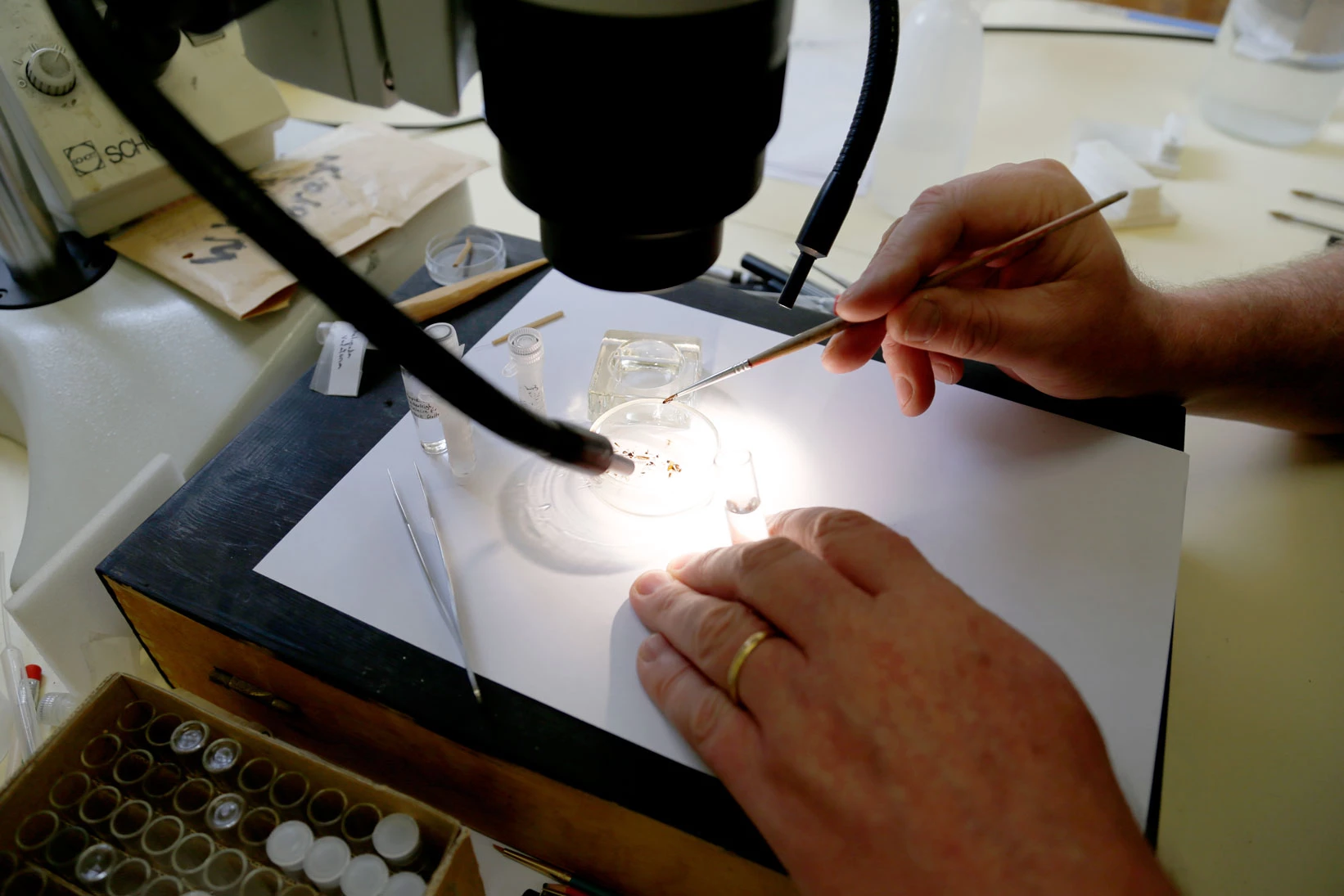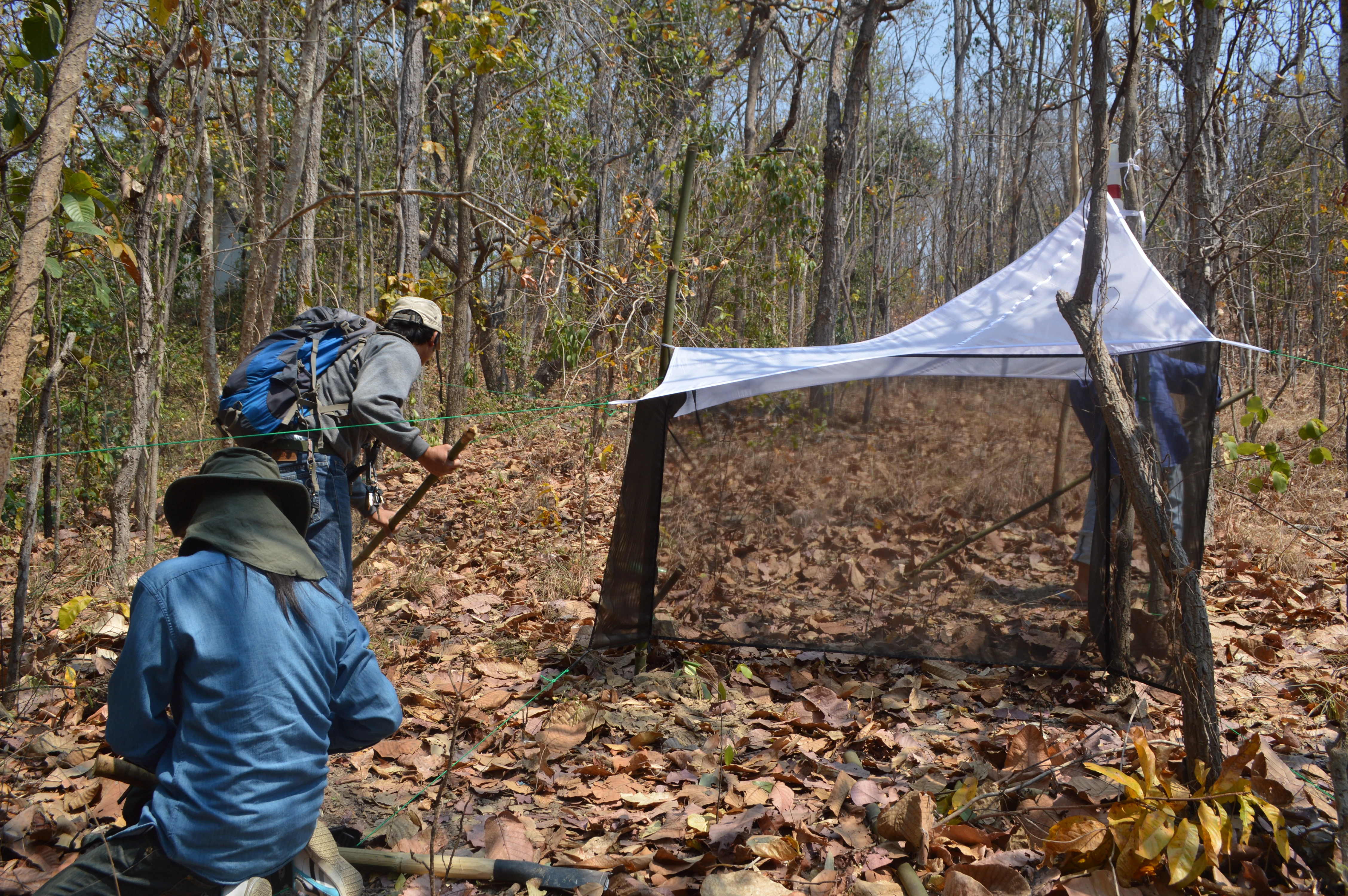Twin Peaks Blog Update
, 20 March 2014
There are two sides to exploring biodiversity. One is fieldwork, often in interesting and remote places looking for new or otherwise interesting forms of life. As an entomologist with an interest in tropical flies this often means extended trips under challenging conditions armed with a net, various kinds of insect trap, a pair of binoculars and a notebook. We know so little about tropical insects that discovery of new species is a daily occurrence and almost everything encountered is interesting for one reason or another. Unfortunately, identification of most insects in the field is quite impossible, let alone proper recognition of new species. This is where the second and perhaps less glamorous part of exploring biodiversity comes in involving long hours of study back in the laboratory when the true identity of captures may be revealed and their significance evaluated. My ongoing collaboration with Wichai Srisuka as the Entomology Section of Queen Sirikit Garden in Thailand (http://www.qsbginsects.org/) is starting to provide thousands of specimens for study. Wichai and his staff have been running a type of trap known as a Malaise trap to sample insects on the forested slopes of two of Thailand’s highest mountains, Doi Inthanon and Doi Phahompok. Specimens they have collected have been sent to me in Cardiff where I am beginning the process of ‘working up’ the samples. This involves first sorting the specimens into groups (or families and genera as systematists call higher groupings of species). Insect diversity is so great that no one person can be an expert in all of them. For this reason, many of the sorted samples are sent to collaborating colleagues around the world who are specialists in the groups concerned. I retain the rest for my own specialist studies.
Thereafter each specialist concentrates on identifying species that are already known and describing as new to science those that are not. The work does not stop there as once we have data on actual species and where they are found it can be interpreted to tell us more of, for example, the evolutionary history of a group of insects, their ecology or their biogeography (the study of how species and ecosystems are distributed geographically and historically). Furthermore, the results are of profound interest to conservation planners as they enable important areas of biodiversity to be recognised. As the work progresses I hope to feed back some of the more interesting finds through this blog.
by Adrian Plant
Previous Information:
http://www.museumwales.ac.uk/blog/2014-02-17/Exploring-Insect-Diversity-in-Thailand
http://www.museumwales.ac.uk/blog/2014-01-16/Exploring-Insect-Diversity-in-Thailand



